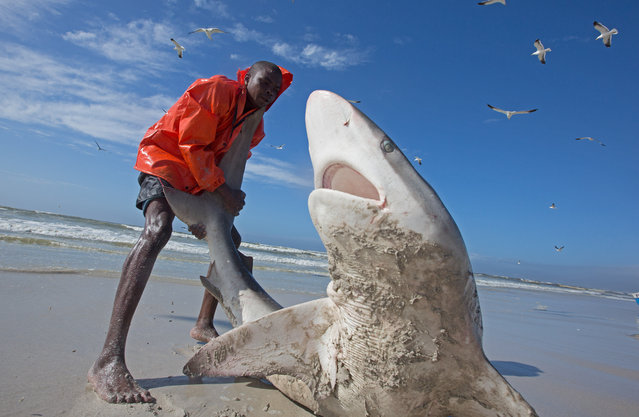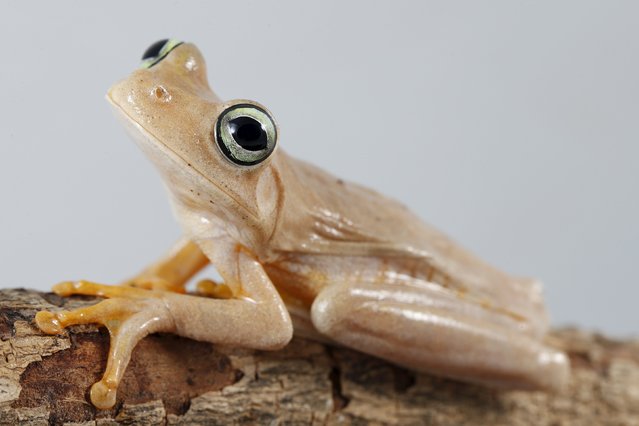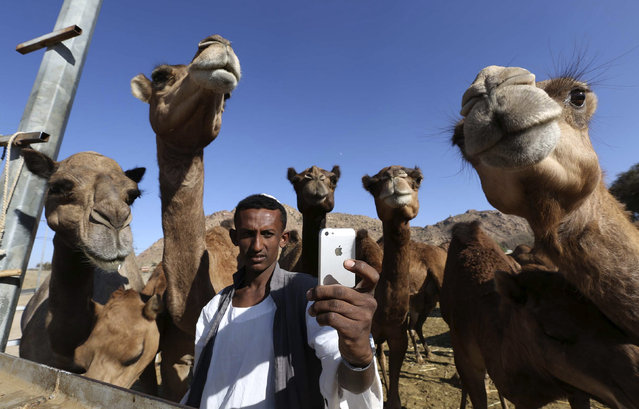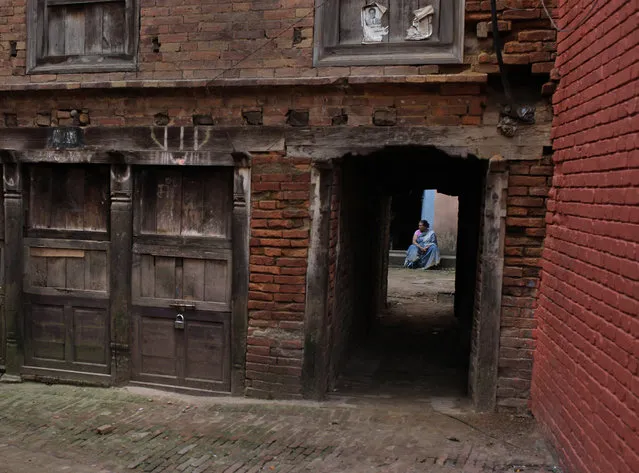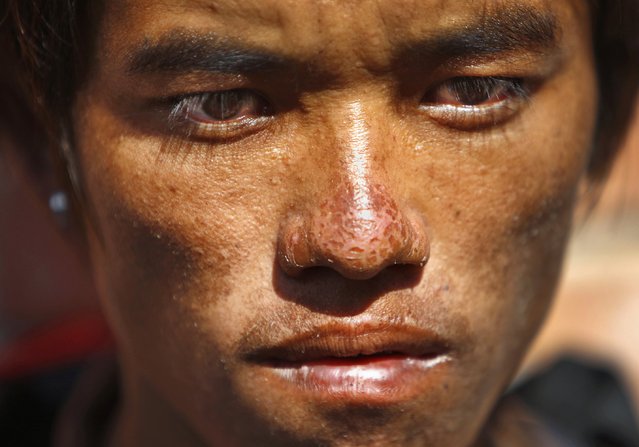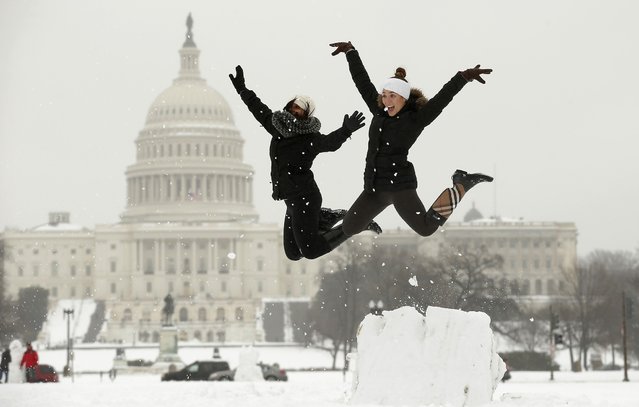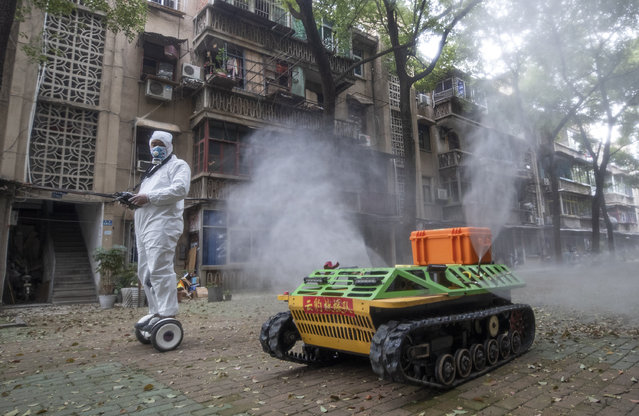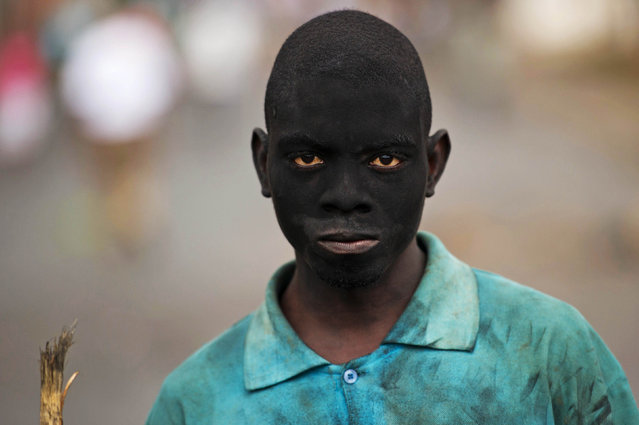
A protester with his face smeared with soot from burning barricades stands in the Musaga neighbourhood of Bujumbura on May 6, 2015. Government and opposition rivals are meeting in Burundi in a bid to end deadly demonstrations against a third term bid by the president, as regional foreign ministers arrived to add pressure. (Photo by Phil Moore/AFP Photo)
10 May 2015 10:54:00,post received
0 comments

